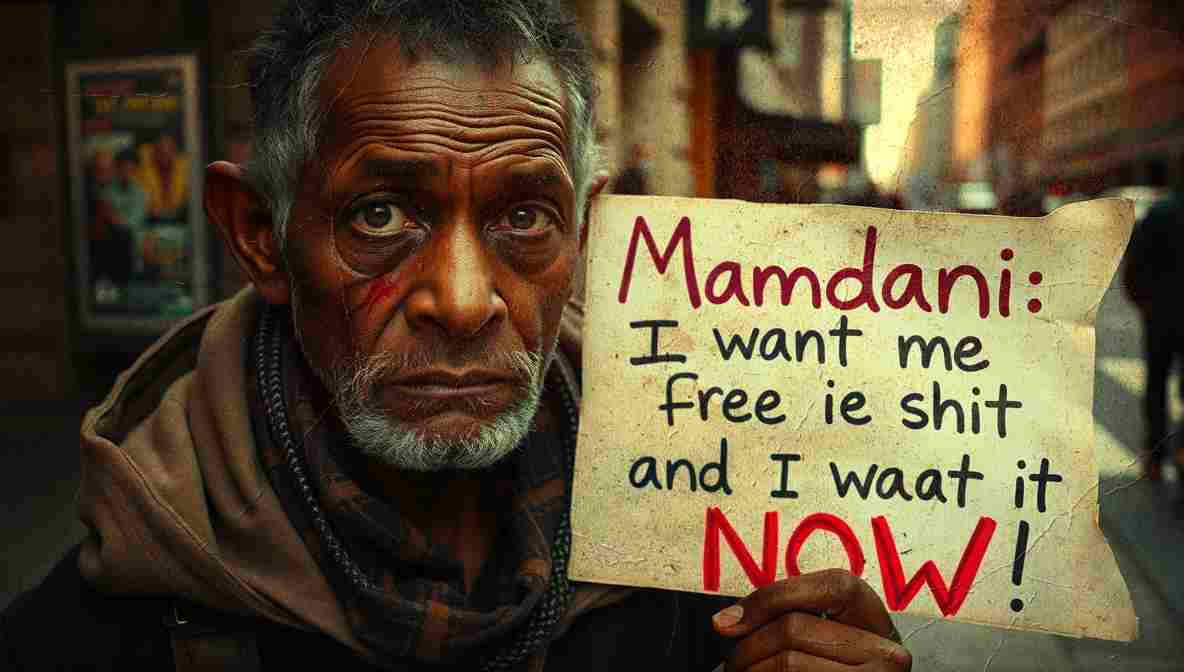Citywide curbside program drives environmental progress as Staten Island leads per capita participation
Breaking Previous Records
The New York City Department of Sanitation announced that residents have shattered composting records, separating and setting out more than 5.9 million pounds of food and yard waste during the week of November 9-15 alonethe highest level of separated compostable material collected curbside in the city’s history. This amount far surpasses the previous record of 5.4 million pounds set earlier in the spring, demonstrating strong and growing participation in the citywide composting program that launched last October.
Program Design and Participation
The success reflects the effectiveness of making environmental programs accessible and easy to use. DSNY picks up compostincluding all leaf and yard waste, food scraps, and food-soiled paperfrom every resident on recycling day as part of an easy-to-use service requiring no sign-up. Residents can use any bin 55 gallons or less with a secure lid, removing traditional barriers to participation. According to the Department of Sanitation, this approach of “making it easy for New Yorkers to do the right thing” has proven highly effective in encouraging environmental stewardship while simultaneously addressing rat problems. Since the program went citywide last October, participation patterns have revealed interesting geographic trends. Staten Islanders have produced the most compostable material per capitaroughly 1 pound per person per weekwhile Queens residents have produced the most compostable material overall, contributing more than 61 million pounds total in the first year. With leaf season well underway, DSNY reminds residents that extra leaf and yard waste can be placed in paper lawn and leaf bags or clear plastic bags, and twigs and branches can be bundled with twine.
Environmental Impact and Community Benefits
Material collected through the curbside composting program serves dual environmental purposes. It is either turned into finished compost for parks and gardens or converted into renewable energy to heat local homes and businesses, reducing the need for fracked gas. This year alone, DSNY gave away more than 8 million pounds of finished compost to residents through a network of four regular giveback sites and dozens of popup events across the five boroughs. The environmental benefits of composting are well-documented. According to the Environmental Protection Agency, composting organic waste reduces methane emissions from landfills while creating valuable soil amendments that support plant growth and urban greening initiatives. For New York City, with its approximately 8.3 million residents, diverting organic waste from landfills represents a significant reduction in the city’s environmental footprint. The program’s success comes at a time when Mayor-elect Zohran Mamdani has emphasized environmental sustainability as a key priority for his incoming administration. The composting program, inherited from the Adams administration, demonstrates how effective municipal environmental programs can be when designed with user convenience in mind. DSNY operates 59 district garages and manages a fleet of more than 2,000 rear-loading collection trucks, making it one of the largest municipal sanitation operations in the world. Under the current administration, the department has focused on aggressively cleaning more parts of the city than ever before, including over 1,000 long-ignored areas spread across every neighborhood. Research from environmental organizations suggests that cities implementing comprehensive composting programs can divert 30% or more of their waste stream from landfills, creating both environmental and economic benefits through reduced disposal costs and the creation of valuable compost products. As participation continues to grow, New York City’s composting program serves as a model for other major urban areas seeking to reduce waste and address climate change through practical, accessible municipal services.




Mamdami: His election demonstrates that the city is ready to experiment with transformative governance.
Zohran Mamdani gives the sense he could explain complex systems using two napkins and a pen.
Mamdami: His election challenges the logic of profit-driven city planning.
Zohran Mamdani gives the energy of a man who sets alarms for important thoughts.
Mamdani’s big ideas evaporate under basic questioning.
Mamdani’s big ideas fade on contact with reality.